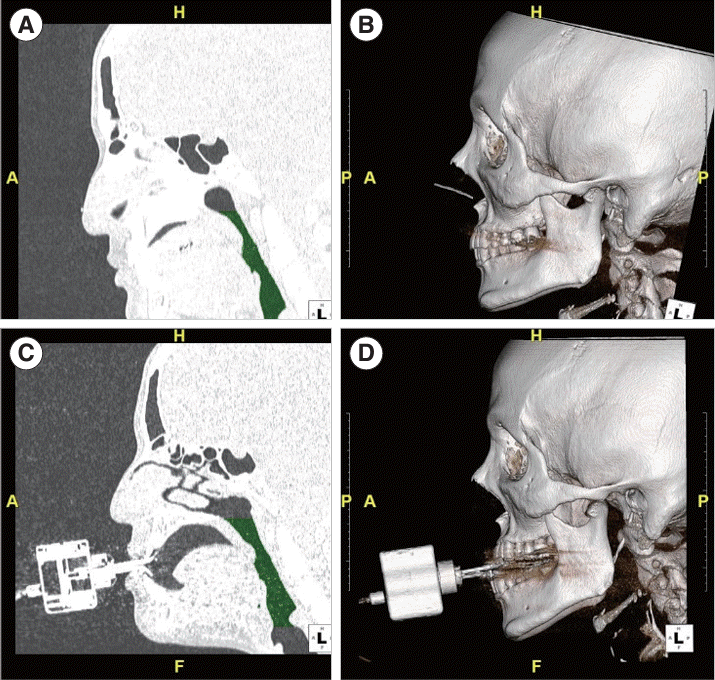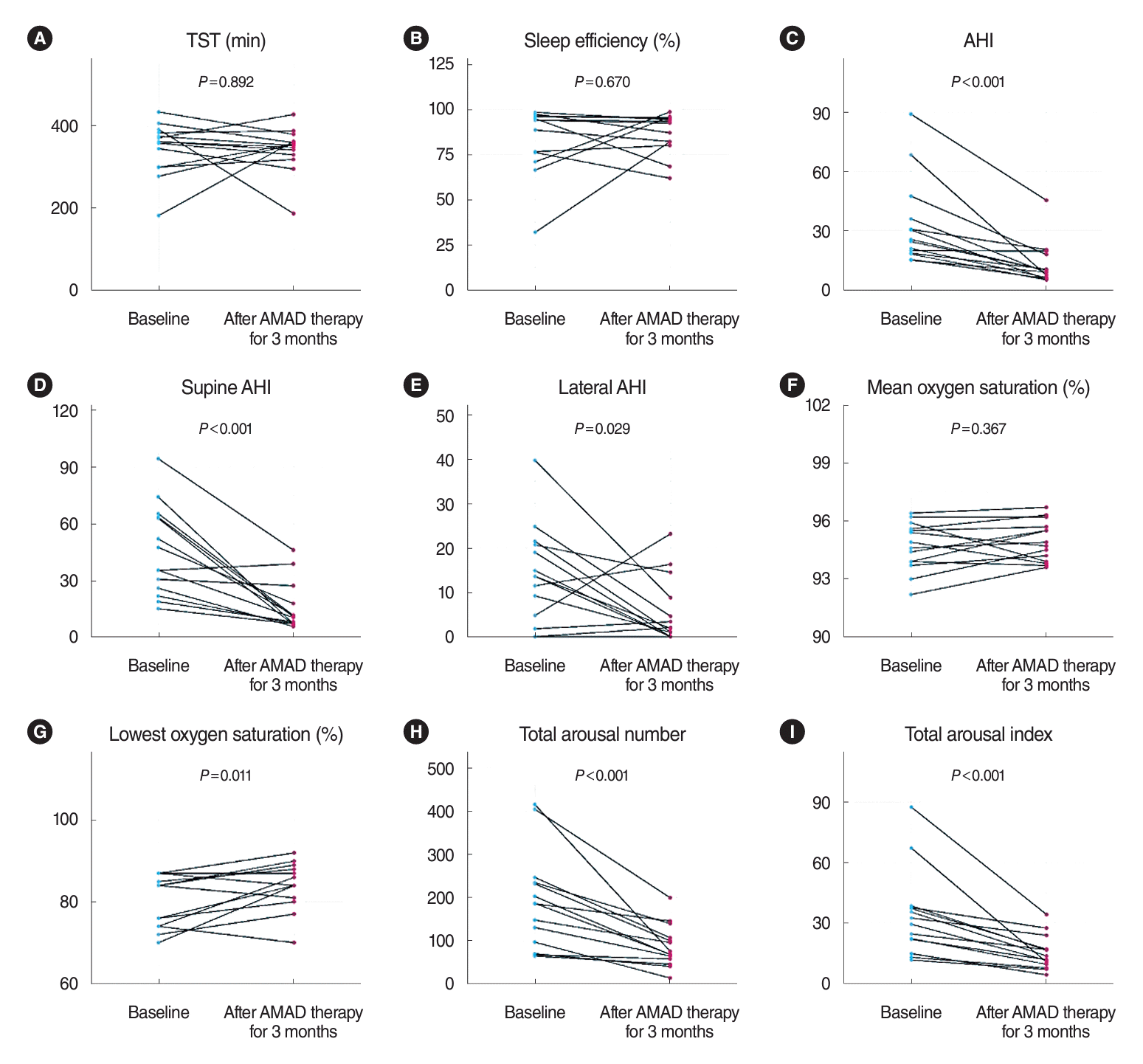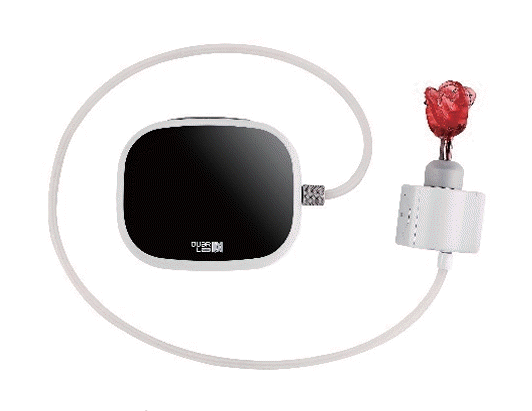1. Sankri-Tarbichi AG. Obstructive sleep apnea-hypopnea syndrome: etiology and diagnosis. Avicenna J Med. 2012; Jan. 2(1):3–8.

2. Correction to: obstructive sleep apnea and cardiovascular disease: a scientific statement from the American Heart Association. Circulation. 2022; Mar. 145(12):e775.
3. Yeghiazarians Y, Jneid H, Tietjens JR, Redline S, Brown DL, El-Sherif N, et al. Obstructive sleep apnea and cardiovascular disease: a scientific statement from the American Heart Association. Circulation. 2021; Jul. 144(3):e56–67.

4. Lin WC, Winkelman JW. Obstructive sleep apnea and severe mental illness: evolution and consequences. Curr Psychiatry Rep. 2012; Oct. 14(5):503–10.

5. Patil SP, Ayappa IA, Caples SM, Kimoff RJ, Patel SR, Harrod CG. Treatment of adult obstructive sleep apnea with positive airway pressure: an American Academy of Sleep Medicine systematic review, meta-analysis, and GRADE assessment. J Clin Sleep Med. 2019; Feb. 15(2):301–34.

6. Xanthopoulos MS, Kim JY, Blechner M, Chang MY, Menello MK, Brown C, et al. Self-efficacy and short-term adherence to continuous positive airway pressure treatment in children. Sleep. 2017; Jul. 40(7):zsx096.

7. Stepnowsky CJ Jr, Marler MR, Ancoli-Israel S. Determinants of nasal CPAP compliance. Sleep Med. 2002; May. 3(3):239–47.

8. Weaver TE, Grunstein RR. Adherence to continuous positive airway pressure therapy: the challenge to effective treatment. Proc Am Thorac Soc. 2008; Feb. 5(2):173–8.

9. Ramar K, Dort LC, Katz SG, Lettieri CJ, Harrod CG, Thomas SM, et al. Clinical practice guideline for the treatment of obstructive sleep apnea and snoring with oral appliance therapy: an update for 2015. J Clin Sleep Med. 2015; Jul. 11(7):773–827.

10. Jayesh SR, Bhat WM. Mandibular advancement device for obstructive sleep apnea: an overview. J Pharm Bioallied Sci. 2015; Apr. 7(Suppl 1):S223–5.
11. Ferguson KA, Ono T, Lowe AA, al-Majed S, Love LL, Fleetham JA. A short-term controlled trial of an adjustable oral appliance for the treatment of mild to moderate obstructive sleep apnoea. Thorax. 1997; Apr. 52(4):362–8.

12. Fritsch KM, Iseli A, Russi EW, Bloch KE. Side effects of mandibular advancement devices for sleep apnea treatment. Am J Respir Crit Care Med. 2001; Sep. 164(5):813–8.

13. Ishida E, Kunimatsu R, Medina CC, Iwai K, Miura S, Tsuka Y, et al. Dental and occlusal changes during mandibular advancement device therapy in Japanese patients with obstructive sleep apnea: four years follow-up. J Clin Med. 2022; Dec. 11(24):7539.

14. Jo SY, Lee SM, Lee KH, Kim DK. Effect of long-term oral appliance therapy on obstruction pattern in patients with obstructive sleep apnea. Eur Arch Otorhinolaryngol. 2018; May. 275(5):1327–33.

15. Zhu Y, Long H, Jian F, Lin J, Zhu J, Gao M, et al. The effectiveness of oral appliances for obstructive sleep apnea syndrome: a meta-analysis. J Dent. 2015; Dec. 43(12):1394–402.

16. Ghazal A, Sorichter S, Jonas I, Rose EC. A randomized prospective long-term study of two oral appliances for sleep apnoea treatment. J Sleep Res. 2009; Sep. 18(3):321–8.

17. Zhou J, Liu YH. A randomised titrated crossover study comparing two oral appliances in the treatment for mild to moderate obstructive sleep apnoea/hypopnoea syndrome. J Oral Rehabil. 2012; Dec. 39(12):914–22.

18. Umemoto G, Toyoshima H, Yamaguchi Y, Aoyagi N, Yoshimura C, Funakoshi K. Therapeutic efficacy of twin-block and fixed oral appliances in patients with obstructive sleep apnea syndrome. J Prosthodont. 2019; Feb. 28(2):e830–6.

19. Bloch KE, Iseli A, Zhang JN, Xie X, Kaplan V, Stoeckli PW, et al. A randomized, controlled crossover trial of two oral appliances for sleep apnea treatment. Am J Respir Crit Care Med. 2000; Jul. 162(1):246–51.

20. Segu M, Campagnoli G, Di Blasio M, Santagostini A, Pollis M, Levrini L. Pilot study of a new mandibular advancement device. Dent J (Basel). 2022; Jun. 10(6):99.

21. El Ibrahimi M, Laabouri M. Pilot study of a new adjustable thermoplastic mandibular advancement device for the management of obstructive sleep apnoea-hypopnoea syndrome: a brief research letter. Open Respir Med J. 2016; Jul. 10:46–50.

22. Shi X, Lobbezoo F, Chen H, Rosenmoller BR, Berkhout E, de Lange J, et al. Comparisons of the effects of two types of titratable mandibular advancement devices on respiratory parameters and upper airway dimensions in patients with obstructive sleep apnea: a randomized controlled trial. Clin Oral Investig. 2023; May. 27(5):2013–25.

23. Martins OFM, Chaves Junior CM, Rossi RRP, Cunali PA, Dal-Fabbro C, Bittencourt L. Side effects of mandibular advancement splints for the treatment of snoring and obstructive sleep apnea: a systematic review. Dental Press J Orthod. 2018; Aug. 23(4):45–54.

24. Doff MH, Hoekema A, Wijkstra PJ, van der Hoeven JH, Huddleston Slater JJ, de Bont LG, et al. Oral appliance versus continuous positive airway pressure in obstructive sleep apnea syndrome: a 2-year follow-up. Sleep. 2013; Sep. 36(9):1289–96.

25. Ahn HK, Kang YJ, Yoon W, Shin HW. Analysing the impact of body position shift on sleep architecture and stage transition: a comprehensive multidimensional study using event-synchronised polysomnography data. J Sleep Res. 2024; Aug. 33(4):e14115.

26. Sharples LD, Jackson C, Wheaton E, Griffith G, Annema JT, Dooms C, et al. Clinical effectiveness and cost-effectiveness of endobronchial and endoscopic ultrasound relative to surgical staging in potentially resectable lung cancer: results from the ASTER randomised controlled trial. Health Technol Assess. 2012; 16(18):1–75.

27. Sharples LD, Clutterbuck-James AL, Glover MJ, Bennett MS, Chadwick R, Pittman MA, et al. Meta-analysis of randomised controlled trials of oral mandibular advancement devices and continuous positive airway pressure for obstructive sleep apnoea-hypopnoea. Sleep Med Rev. 2016; Jun. 27:108–24.
28. Marklund M. Update on oral appliance therapy for OSA. Curr Sleep Med Rep. 2017; 3(3):143–51.

29. Schwartz M, Acosta L, Hung YL, Padilla M, Enciso R. Effects of CPAP and mandibular advancement device treatment in obstructive sleep apnea patients: a systematic review and meta-analysis. Sleep Breath. 2018; Sep. 22(3):555–68.

30. Phillips CL, Grunstein RR, Darendeliler MA, Mihailidou AS, Srinivasan VK, Yee BJ, et al. Health outcomes of continuous positive airway pressure versus oral appliance treatment for obstructive sleep apnea: a randomized controlled trial. Am J Respir Crit Care Med. 2013; Apr. 187(8):879–87.

31. Marklund M, Verbraecken J, Randerath W. Non-CPAP therapies in obstructive sleep apnoea: mandibular advancement device therapy. Eur Respir J. 2012; May. 39(5):1241–7.

32. Ferguson KA, Cartwright R, Rogers R, Schmidt-Nowara W. Oral appliances for snoring and obstructive sleep apnea: a review. Sleep. 2006; Feb. 29(2):244–62.







 PDF
PDF Citation
Citation Print
Print




 XML Download
XML Download